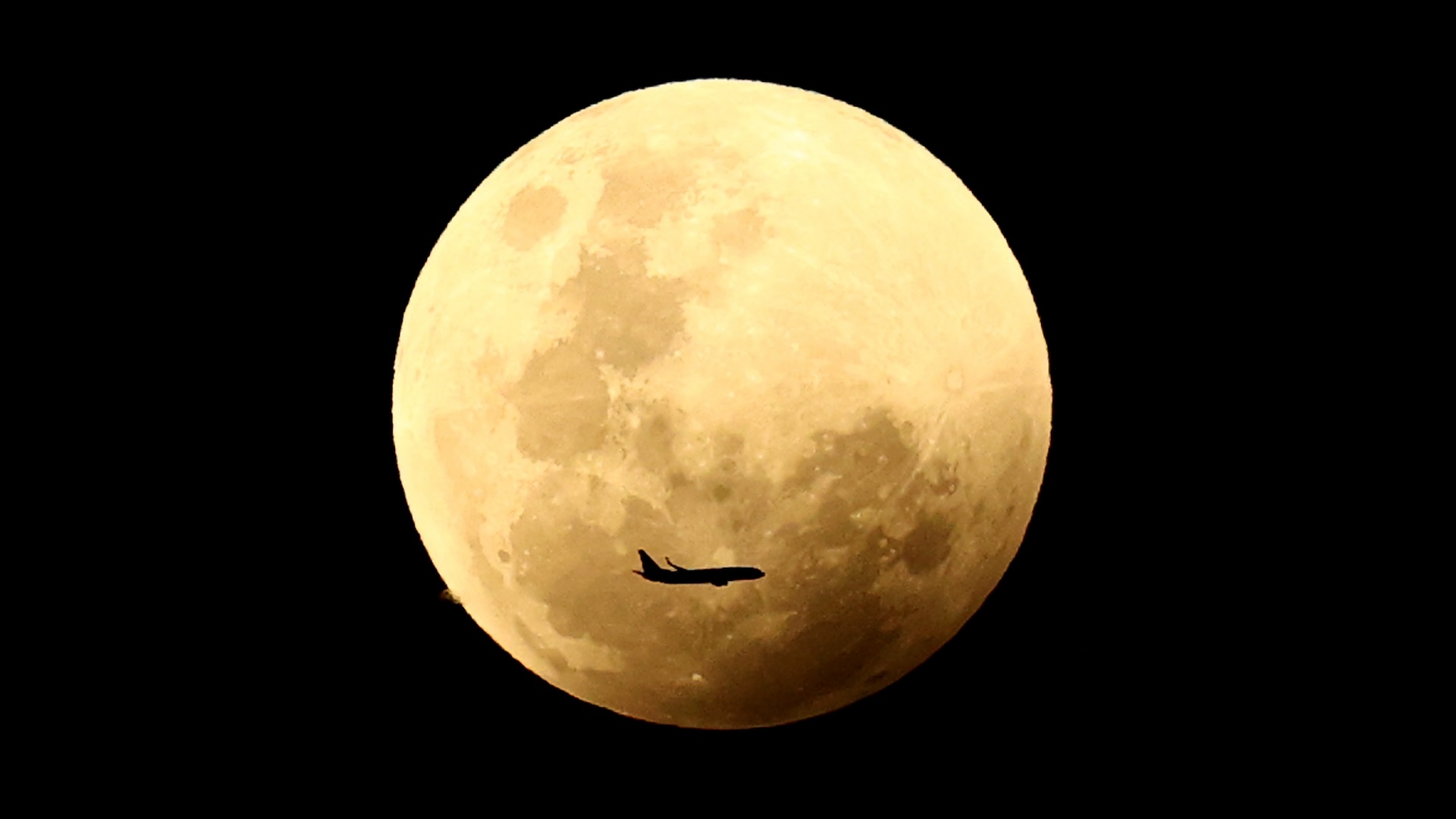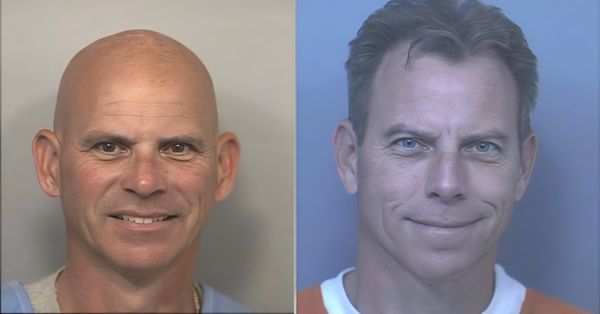
On Tuesday, Sept. 17, the full Harvest Moon will rise and be partially eclipsed by Earth. Observers in North America, South America, Europe and Africa will get the best views of the lunar eclipse, with Saturn shining brightly close to the moon throughout the event.
The final full moon of the summer this year, September's full moon is called the Harvest Moon in the Northern Hemisphere because it rises close to sunset for a few evenings in a row, historically giving farmers extra moonlight to help them bring in the harvest, according to Almanac.com.
It's also a supermoon, meaning our natural satellite will appear slightly bigger and brighter than usual. That's because the moon's monthly orbit around Earth is slightly elliptical. When the moon reaches its closest point to Earth each month, known as perigee, during a full moon, it looks larger in Earth's sky. September's supermoon will be the second of four successive supermoons in 2024, following last month's blue supermoon.
Related: Supermoon Blue Moon 2024: Top photos from around the world
Although the full moon will be a spectacular sight at moonrise where you are, the lunar eclipse doesn't begin until later. The moon will be officially full at 10:34 p.m. EDT, shortly before the partial eclipse peaks.
During the eclipse, first the moon will drift into Earth's penumbra — its fuzzy outer shadow in space — losing its brightness over about 90 minutes. This penumbral eclipse phase will happen between 8:41 p.m. and 10:13 p.m. EDT.
The moon will then graze Earth's darker inner shadow, the umbra. Although only 8.4% of the lunar surface will recede into the umbra, according to NASA, this is the dramatic partial eclipse phase. You can watch it between 10:13 p.m. and 11:15 p.m. EDT, with the peak eclipse moment being 10:44 p.m. EDT. At that point, the eclipse phases will go into reverse as the moon begins to leave Earth's shadow, with the final penumbral phase taking place between 11:15 p.m. and 12:47 a.m. EDT. You can see a full schedule for your location via timeanddate.com.
Stargazing binoculars and backyard telescopes aren't necessary to enjoy the full moon or the eclipse, but they may help reveal details on the lunar surface that are not visible to the naked eye.







